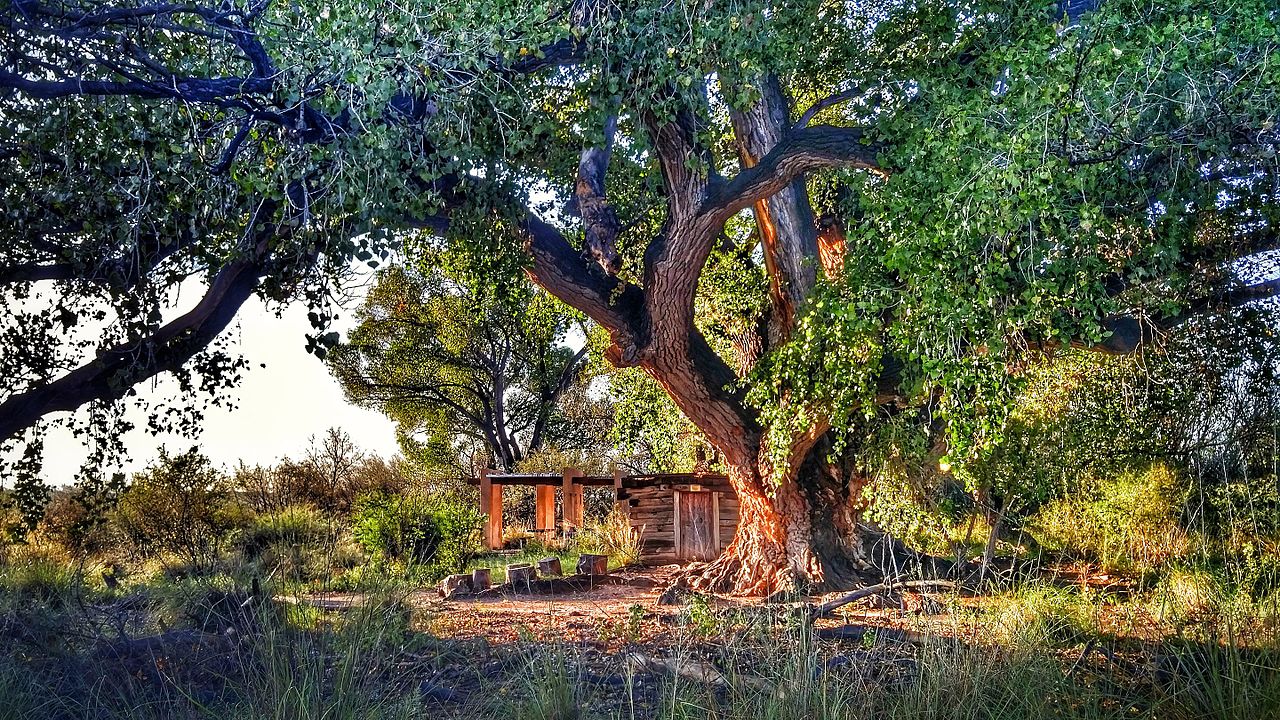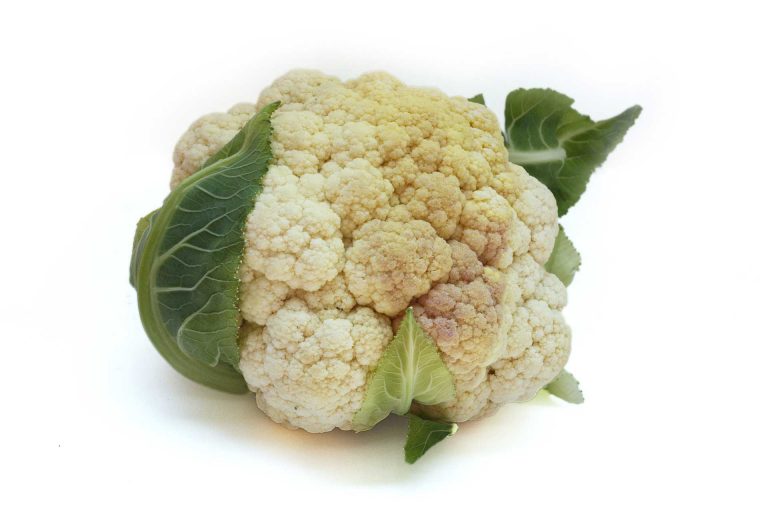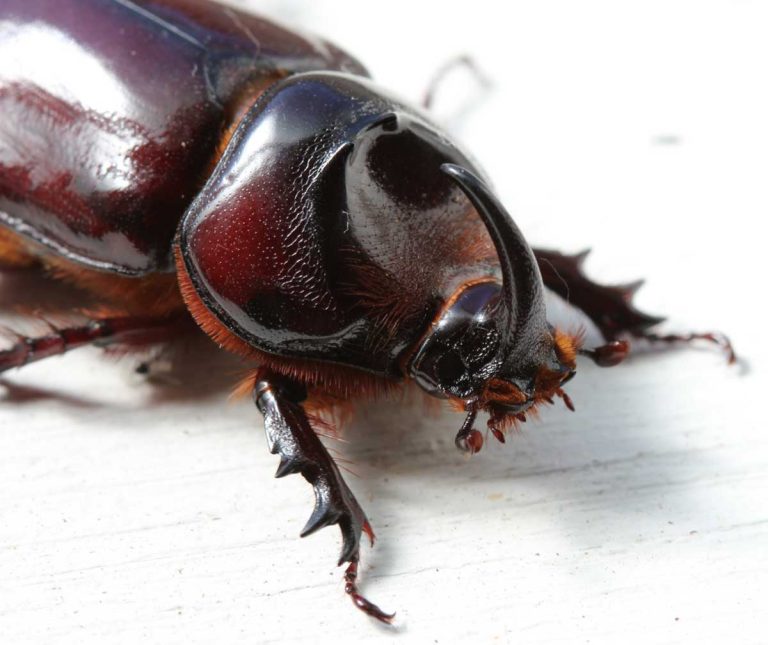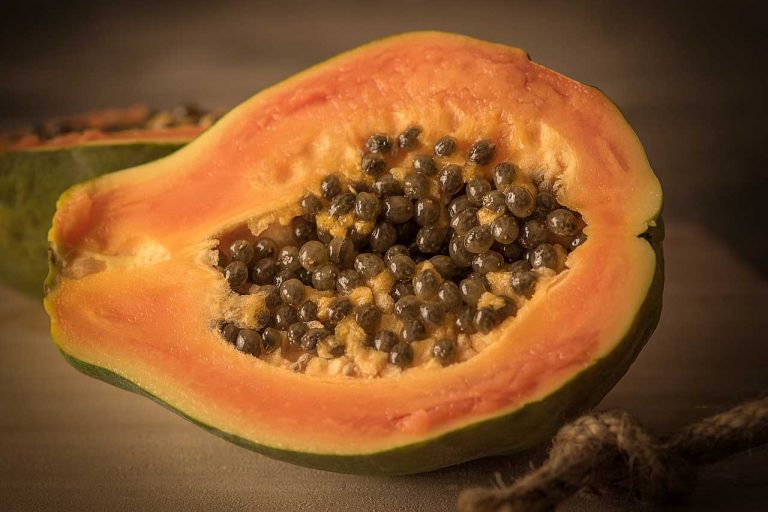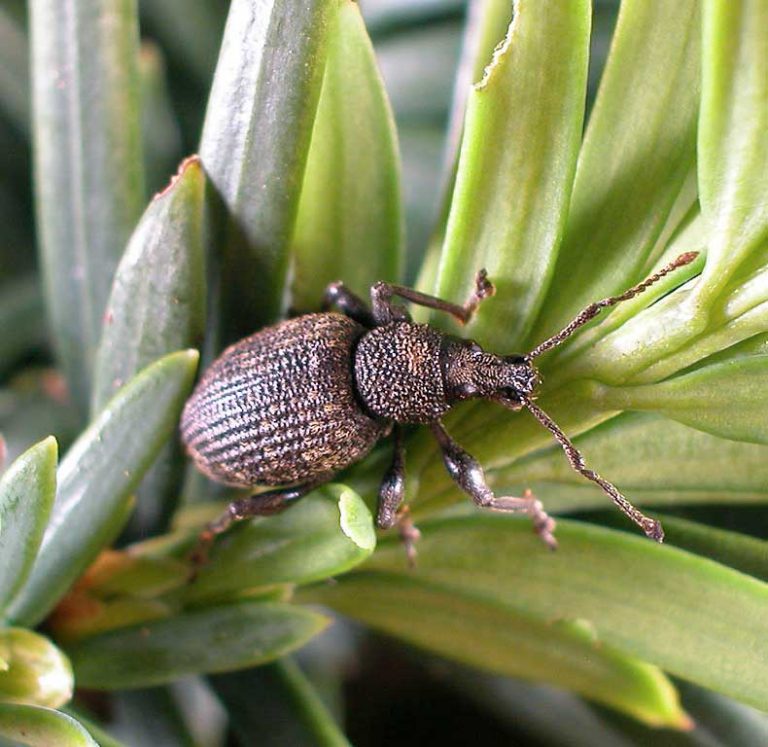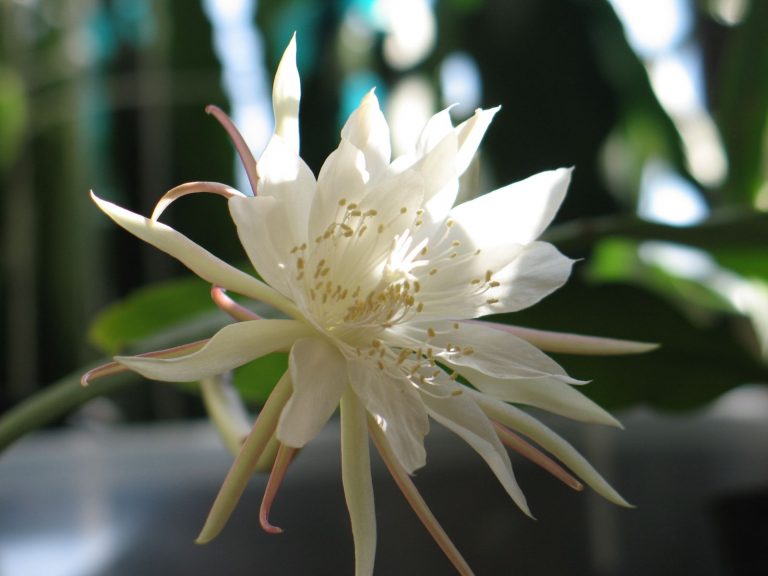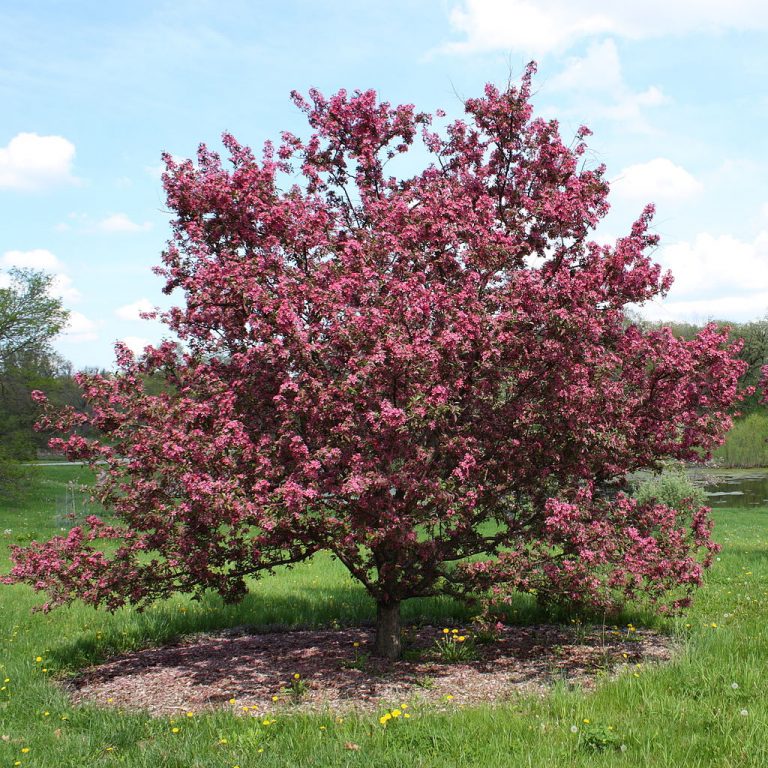Cottonwood Tree
Scientific classification
| Kingdom: | Plantae |
| (unranked): | Angiosperms |
| (unranked): | Eudicots |
| (unranked): | Rosids |
| Order: | Malpighiales |
| Family: | Salicaceae |
| Genus: | Populus |
| Section: | Aigeiros Duby |
| Species: | Populus deltoides L. Populus fremontii Populus nigra L. |
The genus Populus includes three species of which the Aigeiros section forms a part. The cottonwood scientific name, Populus Fremontii, otherwise called poplars grows to a height of 40 to 80 ft. This tree has a broad crown with branches spreading all around. The Cottonwood is commonly seen on the banks of rivers, by the lakes, and near irrigation ditches all along the southwest; it grows only in moist soils.
The Cottonwood, otherwise called poplar- has a crown that is widely spread. It is tall and obtained its name because of its seeds that are like cotton.
If there exists a tree that adapts well with the environment of a prairie grassland, and can be identified from a great distance during its growing period by its leaves that shine, shimmer and dangle in the wind, it was a pleasure for the pioneers to identify such a tree from far that provided shade and wood. Besides, it symbolizes the search for water, because this variety is fond of wetting its feet, so as to say. This is the Cottonwood tree.
It is possible for a Cottonwood tree to exist as a female or male. It is the female that generates the white fluffy seeds at the beginning of summer which gave it its name.
Cottonwood trees survive for more than 100 years.
Anatomy
These big deciduous trees grow to a height of 20 to 45 meters. They are identified by their thick bark that is cleaved to a great depth. Its leaves are diamond shaped, with a triangular base, they are colored green on either side (in the absence of the whitish wax underneath the balsam poplar leaves), besides, they do not have the observable scent of the balsam that we get in the spring. The petiole is the peculiarity of the leaves; it is flattened towards its sides which gives it a peculiar movement when the wind blows.
The female and male blossoms are in individual catkins (a slim and cylindrical cluster of flowers), they bloom in spring, prior to the leaves. The configuration of the cotton causes the seeds to be blown to great distances through the air, before landing on the ground.
The Cottonwood tree is extraordinarily favorable to floods, erosion and allows flood deposits to accumulate around their trunk.
The bark of the Cottonwood tree is rough, thick and gray in color, and furrowed deeply. The triangular shaped leaves are broad, 3 to 5 in long and glittering green in color. During the fall the leaves become yellow to gold. The fruit comprises of a capsule in the form of an egg, ½ an inch in length at spring, they develop and crack into three portions, the cottony mass holds the seeds which fly-off with ease.
GROWING AT HOME
Soil for Planting
The most approved texture of the soil is either loamy or sandy with a pH value of 4.5 to 8.0. When compared to Populus, they tolerate alkaline conditions better. For your Cottonwood tree to flourish, it is mandatory to test the pH of your soil. Fremont and Eastern Cottonwood trees, tolerate soils of any level of pH, acidity and alkalinity, but black Cottonwood flourishes in neutral to acidic soils only.
Planting
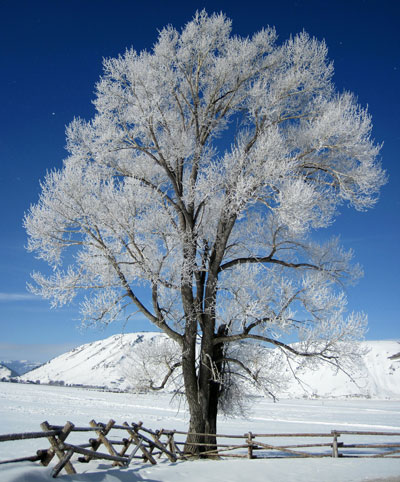
Photo by: Lori Iverson, USFWS
It is ideal to plant your Cottonwood trees at the boundaries of your property, where sufficient space is available for the tree to grow. Besides, their shaped leaves give you a special pleasure. However see that their roots and litter do not give you problems. When you plant Cottonwood trees in your landscape, the problems faced are they make a mess of their litter, besides their wood tends to get diseased. Apart from a very big landscape, this big tree becomes disproportionate for your landscape.
Plant your Cottonwood tree in an area where bright sunlight is available, since they do not favor shade. Plant the Cottonwood tree in a hole of the same depth as that of the nursery container. Press and compact the soil all round the root ball of the tree.
Watering
Cottonwood trees need moist soil, it is tolerant to drought on sites that are upland with a high water table. During summer, water your Cottonwood weekly once. Black cottonwood favors moist to wet soil, but other varieties prefer fine soil which is either dry or wet.
Temperature and Humidity
Cottonwood needs bright sunlight.
Care
For providing your cottonwood with sufficient sunlight, trim the branches and leaves that touch neighboring taller trees. The sunlight needed for Eastern and Fremont cottonwood, scientifically named Populus deltoids, is a minimum of 6 hours a day, whereas black cottonwood grows well in partial or bright sunlight.
For the black cottonwood tree, in case the soil is rich in alkaline content, add to the soil, either limestone or pellets of sulfur.
When you observe the color of the leaves changing to yellow and if they are comparatively smaller, add a fertilizer rich in nitrogen. In case the edges and tip of the leaves are yellow and brown spots are seen beneath, add an additional amount of potassium.
Pest and Pesticides
The Cottonwood trees are subjected to the following usual diseases: leaf rust (scientific term Melampsora), leaf spots and canker, (scientifically Septoria), and stem decay, wet wood and canker, (scientific term Cytospora). The usual pests are aphids, poplar vagabond aphid, poplar borer, poplar bud mite and poplar leaf beetles.
Use natural pesticides for a particular disease or for a particular pest for spraying your tree. The usual ones are Neem oil for aphids caterpillars, beetles and powdery mildew; insecticidal soap for mites and aphids; and Bacillus Thruingiensis for certain caterpillars.
Varieties
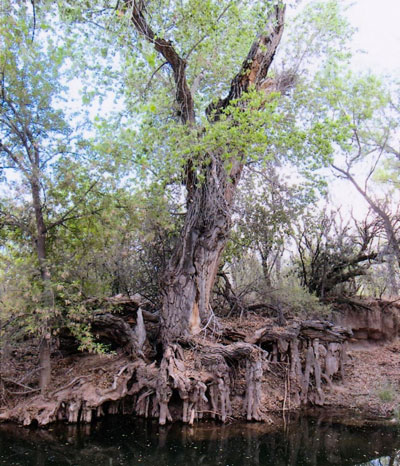
- Eastern Cottonwood
- Fremont Cottonwood
- Black Cottonwood
Cottonwood Tree’s Wood Uses
Eastern cottonwood serves well as a casing and for making bathroom cabinets. The Eastern cottonwood is a nice-looking wood, its curly grains resembling the maple, but needs a little attention because it becomes fuzzy when sanded or machined. Consequently, you would do well to give more attention, like using Velvit oil while undertaking the finishing process. Wet sanding this wood after the first coat has its benefits like a smoother surface. The characteristic chatoyance (changing luster) in the Eastern Cottonwood can sometimes offer a scope for wonderful turning (machining), while, at other times, the silica content in the wood renders it difficult to work mechanically on it for fear of the wood, tearing out. Some people use the wood of cottonwoods for manufacturing caskets, boxes, crates, floors and paneling. Warping can be a problem, but you can overcome this by drying adequately after sawing.

Having discovered a fondness for insects while pursuing her degree in Biology, Randi Jones was quite bugged to know that people usually dismissed these little creatures as “creepy-crawlies”.

